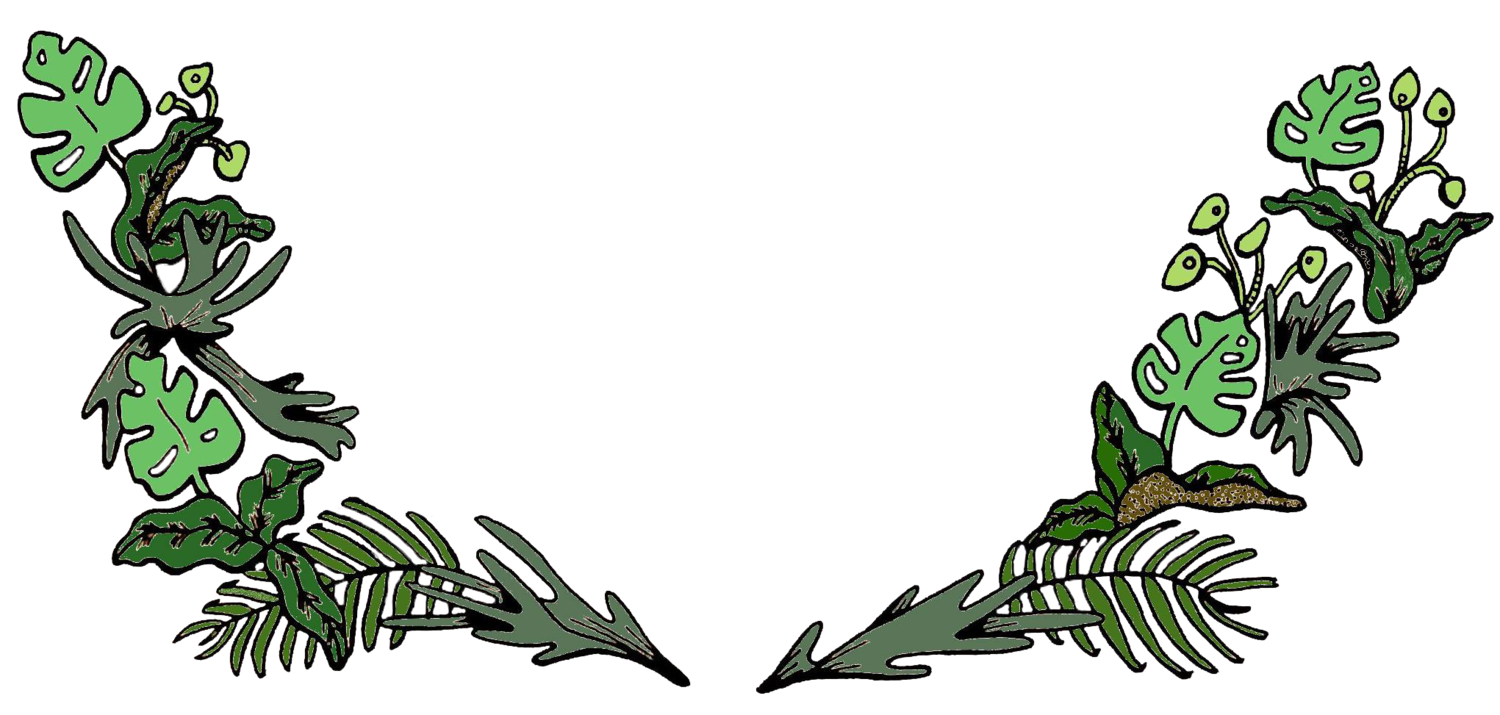Kokedama Care
Kokedama, the art of binding plants into green, mossy orbs dates back centuries to the Edo era in Japan (around 1600 AD). The Japanese word Kokedama translates to English as "moss ball," and such simplicity is the very essence of this elegant garden art form. An accompaniment to the practice of bonsai, you can display your Kokedama in a dish, tied to a board, or suspended as a string garden.
Watering Procedure: Caring for these living sculptures varies widely depending on the species of the plant used. Most times your Kokedama will enjoy a well lit section of your home out of direct sunlight. Because this style of planting tends to dry out faster than others, check on your Kokedama weekly.
Soaking: Depending on the size of your Kokedama, fill a bowl or bucket with room temperature water that you have left out overnight to let chlorine and salts dissipate. Place your Kokedama in the water, plant side up. Push the moss ball down so that it is fully submerged and begins to absorb water. Allow to soak for 10-25 minutes, or until fully saturated with water. Remove your Kokedama from the water, and gently squeeze the moss ball to allow excess water to drain. Allow Kokedama to drip dry in a colander before replacing in its given home.
Feeding: During the spring and summer, fertilize your Kokedama monthly with a liquid indoor plant fertilizer at 1/2 the recommended concentration. Simply mix the fertilizer into the water and soak as usual.
Leaf Browning: Kokedama are susceptible to over- and under-watering just like any other potted plant. Leaf browning and crisping around edges tends to indicate under-watering. A brown "mushiness" of the leaves or stems, black stems at the base, and leaf-yellowing tends to indicate over-watering. Remember; all plants require less water during dormancy (fall & winter) and more during periods of active growth (spring & summer.)
